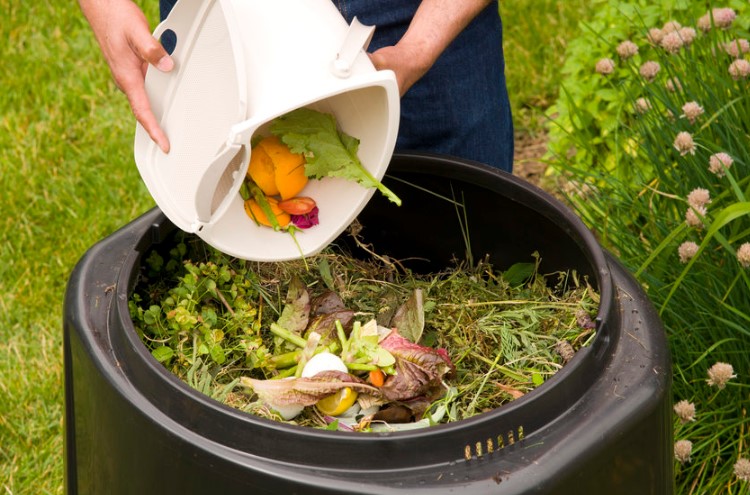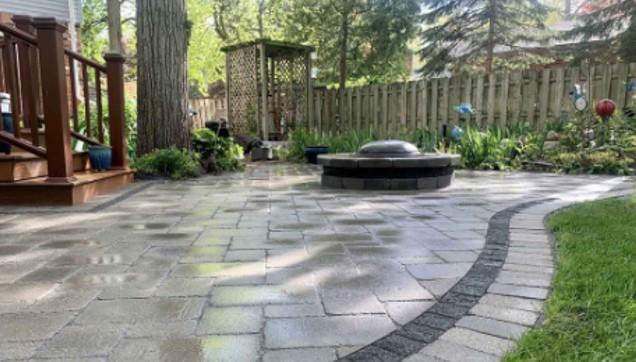What Is Companion Planting and How to Use It

If some of your plants appear to dislike each other even more than your in-laws do, proceed as you would in either case and keep the plants separated as much as possible—by at least two or three rows in your garden. On the other hand, species that get along swimmingly can be interspersed or placed next-row to each other in what is called companion planting.
Read on to learn more about companion planting and how you can use this practice in your home garden.
RELATED: 10 Sustainable Gardening Trends to Try
What Is Companion Planting?
Companion planting is simply planning your garden in such a way that plants that can inhibit each other’s growth are kept far apart while grouping those that encourage each other’s productivity together. Keep in mind that much of the information on companion gardening is based on folklore and tradition and not necessarily proven science. However, research backs up some of these plant pairings, and don’t entirely dismiss the folklore since anything that has been passed down for generations often has the experience of many gardeners behind it. Plus, there really is nothing about companion planting that can harm your garden.
For example, the flowers of a certain plant might attract insects that pollinate the plant’s neighbors too—or even parasitize some of their pests. Therefore, there are reasons other than good vibes as to why companion plants can get along well with each other. The following are a few popularly touted benefits of growing certain plants together.
The Benefits of Companion Planting
Vegetable companion planting can allow your crops to assist each other by providing shade or improving soil, among other benefits.
Providing Shade
Sun-loving plants can provide shade for other plants that prefer to keep their cool. For example, if you sowed hardy salad greens before your last frost, you might want to try planting tomatoes around them after your last frost date, or adding pole beans just south of the lettuce rows. The shade thrown by those tall edible plants can keep the greens from overheating and bolting quickly.
Loosening Clay
Plants with tap roots, such as carrots and parsnips, can loosen up obdurate clay soils. This benefits other nearby plants—such as tomatoes and watermelons—which like to put their roots down, too.
Enriching Soil
Legumes (members of the bean family) fertilize the ground around themselves by “fixing” nitrogen in the soil. Therefore, they often are grown as a cover crop and turned under just before the garden is planted—or used as a ground cover beneath nitrogen-loving vegetables such as corn.
Providing Support and Protection
Tall plants like corn can support climbing vegetables such as pole beans. In fact, Native Americans often planted corn, beans, and squash together. In that mutually beneficial arrangement, the beans climbed the corn stalks, while the squash provided a prickly mulch for both, which helped repel raccoons from the corn.
Confusing Pests
Although some companion plants can attract welcome pollinators, others can help reduce insect populations in nearby plants by attracting those insects to themselves or fending them off with odor. For example, nasturtiums and marigolds reportedly reduce the populations of cabbage worms and squash bugs near where they are planted.
RELATED: What Kind of Gardener Are You?
Common Companion Planting Mistakes to Avoid
Don’t make the mistake of placing the wrong plants next to each other in your companion garden, or else your crops may suffer the consequences.
Mixing Onions and Beans
Avoid placing members of the onion family near members of the bean family. Alliums produce a compound called ajoene, which can hamper the growth of legumes.
Planting Near the Wrong Trees
Don’t grow allelopathic trees, such as black walnut or tree of heaven, near your garden. These plants make room for themselves by poisoning the ground around them against other species, so you won’t want to include them in your food forest.
Growing Fennel in the Vegetable Garden
Refrain from raising fennel near any of your garden vegetables, since it too is allelopathic and stunts the growth of other plants near it—with the exception of dill. Plant it near your dog run instead, since it reportedly repels fleas.
Raising Asters Near Carrots
Although positioning flowers among vegetables can be beneficial in some cases, always keep asters far away from carrots. Aster leafhoppers may carry a yellowing disease from one to the other.
“Seating” These Relatives Near Each Other
Avoid growing potatoes and tomatoes near each other, even though they are related. That kinship makes both of them vulnerable to early and late blight—the latter having been partially responsible for the Irish Potato Famine—which easily can be spread from one species to the other, possibly causing you to lose both crops rather than just one.
RELATED: Gardening in Place: How to Grow a Bountiful Harvest When You Have Limited Mobility
Companion Planting Chart
When reading this helpful companion gardening chart, keep in mind that the cabbage family includes plants such as broccoli, brussels sprouts, and cauliflower, while the onion family contains chives, garlic, leeks, and more.
| Plant | Companions | Foes |
| Asparagus | basil, parsley, tomato | gladiolus, onion family, potato |
| Bean | cabbage, carrot, cauliflower, cucumber, summer savory | beet, gladiolus, onion family |
| Beet | cabbage family, onion family | pole beans |
| Cabbage family | aromatic herbs, beet, corn, nasturtium, onion family, spinach, sunflower | dill, fennel, pole bean, strawberry, tomato |
| Cantaloupe | corn, sunflower | potato |
| Carrot | aromatic herbs, cabbage family, lettuce, onion family, pea | dill, parsnip, radish, tomato |
| Celery | bean, cabbage family, nasturtium, onion family, tomato | parsnip, potato |
| Corn | bean, cucumber, pea, potato, pumpkin, squash | tomato |
| Cucumber | bean, cabbage, corn, dill, nasturtium, pea, radish, sunflower | aromatic herbs, potato |
| Eggplant | bean, marigold | potato |
| Lettuce | carrot, cucumber, onion family, radish, strawberry | |
| Onion family | asparagus, beet, cabbage family, carrot, lettuce, strawberry, tomato | bean, pea |
| Parsley | asparagus, corn, tomato | |
| Parsnip | bean, onion family, pea, pepper, potato, radish | caraway, carrot, celery |
| Pea | bean, carrot, corn, cucumber, radish | onion family |
| Pepper | basil, carrot, eggplant, onion family, tomato | fennel, kohlrabi |
| Potato | bean, cabbage family, corn, flax, horseradish, marigold, pea | cucumber, pumpkin, raspberry, squash, sunflower, tomato |
| Pumpkin | corn, marigold | potato |
| Radish | cucumber, lettuce, nasturtium, pea | hyssop |
| Spinach | strawberry | |
| Squash | corn, marigold, nasturtium, radish | |
| Strawberry | bean, borage, lettuce, spinach | cabbage |
| Tomato | basil, borage, parsley | cabbage, fennel, kohlrabi, potato |
| Turnip | pea | potato |
| Watermelon | carrot, parsnip |
Final Thoughts
When planning your garden, keep in mind that a wide diversity of plants interspersed with each other helps prevent pest problems. Insects tend to look for swaths of their favorite vegetable and will likely get confused when you break those swaths into smaller clusters instead. Also, flowers and herbs planted among vegetables can attract beneficial insects, which will prey on the harmful ones.
Related: 10 Things to Plant Now for Your Fall Vegetable Garden












